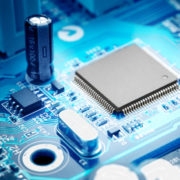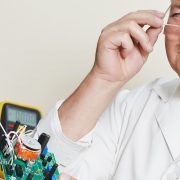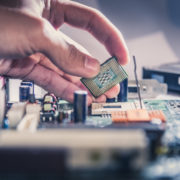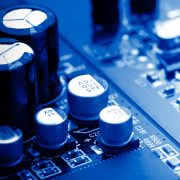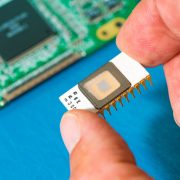How the ASIC Card Is Made: The Ins And Outs of Fabless Manufacturing
An application-specific integrated circuit (ASIC) is a microchip made for a particular application. In contrast to general integrated circuits, ASIC cards allow specific actions to take place inside a specific device.
ASIC is a preferred choice because it’s smaller in comparison to multiple interconnected standard products on a PC board. This variability in size allows the chip to be as large or as small as possible. This has become the trend for the shrinking of electronic equipment sizes in recent years.
What is an ASIC Card?
While the original cost of design can be high, ASICs provide a cost-effective solution. ASIC cards are in products like mobile phones and other popular consumer devices that require large production runs.
Designers can benefit from ASICs for a variety of reasons, which include the following.
- Decrease the size of the device
- Perform specialized functions
- Avoid issues with supply chains
- Make it hard for the competition to emulate products using custom chips
The use of an ASIC card enables the consolidation of multiple functions on a single chip. Thus, ASIC products need fewer electronic components and are also cheaper and easier to assemble.
What is Fabless Manufacturing?
Semiconductor companies require significant contributions in terms of capital, staff, and resources, aside from equipment, infrastructure, and storage facilities to supplement the process of manufacturing.
Thus, they have gone for a fabless model. This is a cost-effective alternative to allow them to share existing facilities of third parties that will perfectly fit their requirements. Fabless companies can focus their time, effort, and resources on developing new ideas. Because of this, they can maintain the variability in production volume, efficiency, and velocity without the pressure on resources and their staff.
Fabless manufacturing of semiconductors benefits a variety of electronics, particularly digital cameras, smartphones, and smart cars. Such companies will design and sell hardware and semiconductor chips but don’t manufacture the chips or silicon wafers they use in their products.
That is because they outsource the fabrication to manufacturing plants or foundries. Such foundries are in countries where skilled labor is abundant and cheap. This is where they keep the production costs low and return on investment high.
Products made by these fabless companies are used in many market-leading corporations today, including top companies like Apple, Dell, and Samsung, just to name a few.
Where to Learn More
Linear MicroSystems is a fabless semiconductor company that offers high-performance RF, analog, and mixed-signal ASICs. In fact, the company has become a supplier of high-quality and high-volume ASIC solutions, developing the most advanced system-on-a-chip ASIC solutions on the planet.
You can learn more about Linear MicroSystems and ask for a proposal on how the company can help provide the solution for your semiconductor needs. Visit the website talk to experts about analog, digital, and RF analog circuit design solutions.
Linear MicroSystems, Inc. is proud to offer its services worldwide as well as the surrounding areas and cities around our Headquarters in Irvine, CA: Mission Viejo, Laguna Niguel, Huntington Beach, Santa Ana, Fountain Valley, Anaheim, Orange County, Fullerton, and Los Angeles.





